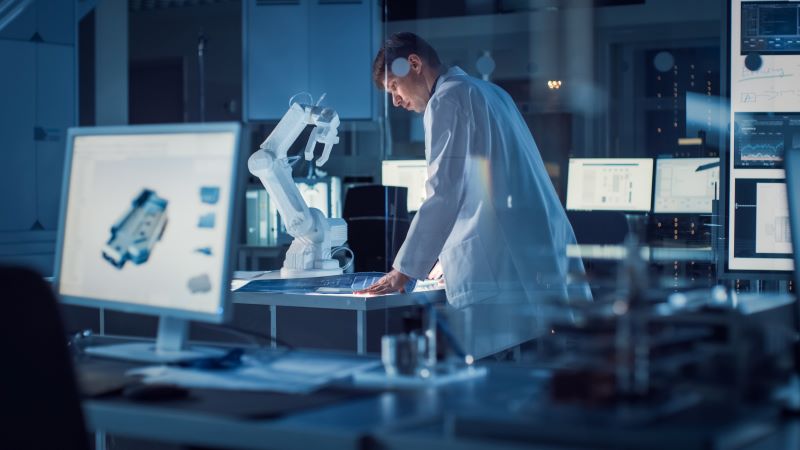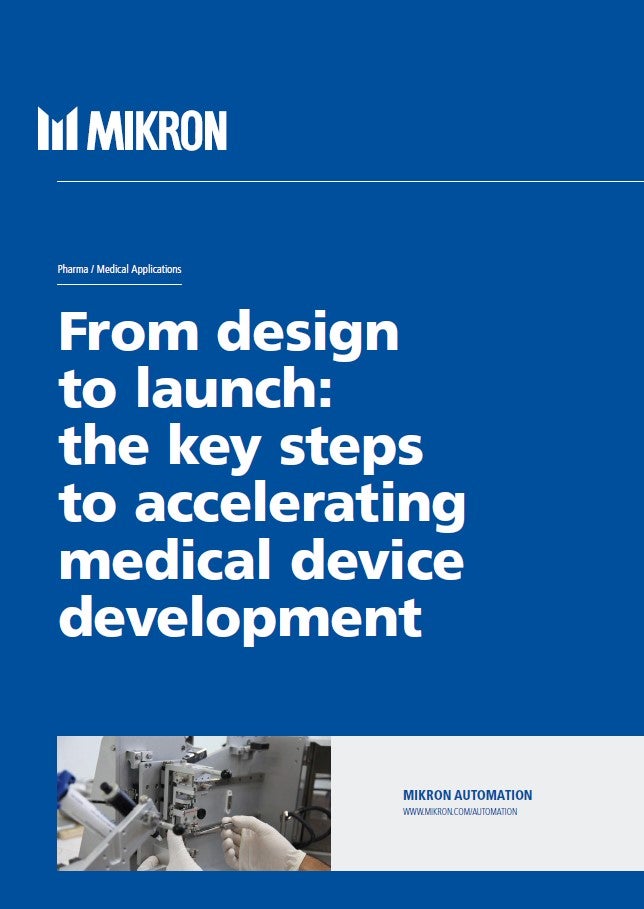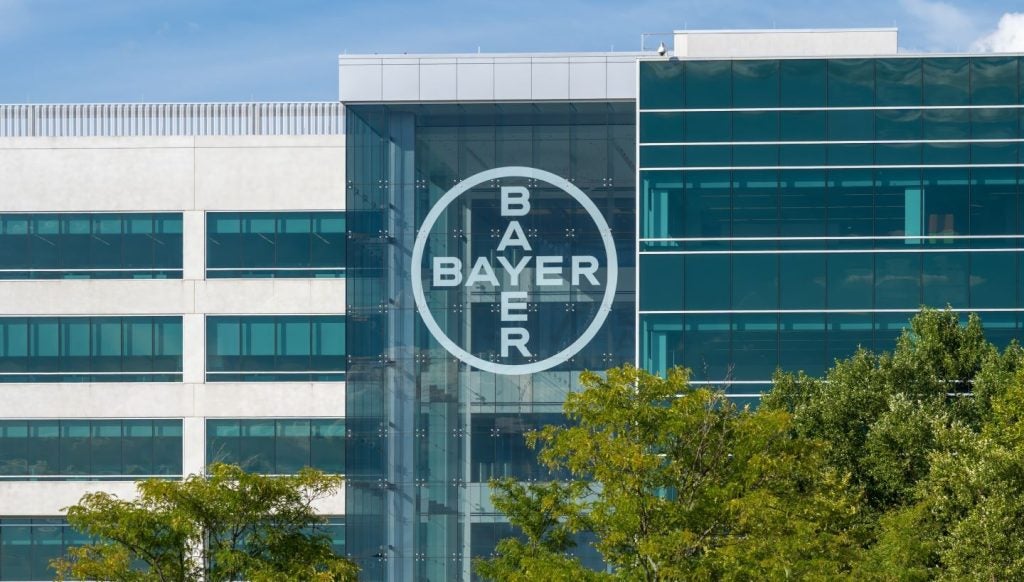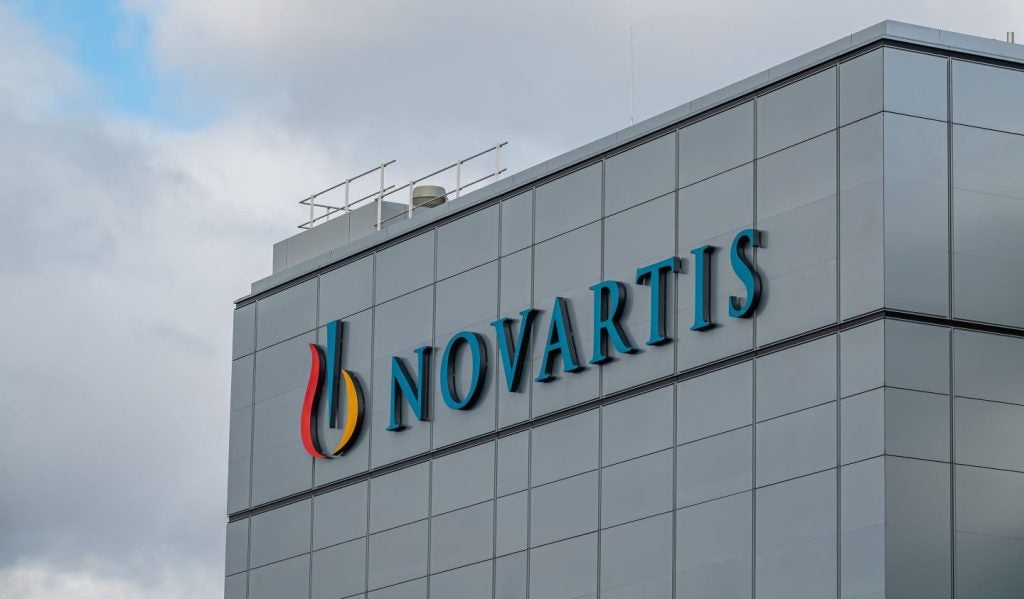
Drug discovery and development is an incredibly expensive and time-consuming process, taking between 12 and 18 years, and costing on average between $2 billion and $3 billion. Considering the low chances of success, with only 10% of drug candidates making it into clinical development, pharma companies must prevent the increased erosion of profit margins.
Automating processes in the drug discovery and development pathway with robotics supports faster analysis and hit generation, in turn helping to reduce the time and cost of moving a drug from the lab to the clinic.
Robots can improve drug discovery and development
GlobalData’s Smart Pharma 2021 Survey found that 22% of industry professionals thought robotics would be one of the most disruptive technologies for optimising the drug discovery and development process. However, most respondents also indicated that their company was not currently investing in the technology, which suggests that the use of robotics has not yet reached its full potential in drug discovery and development. Industrial co-bots in laboratory environments carry out repetitive and complex workflows, and if connected via the Cloud, workers can also benefit from real-time results. Many pharma companies are already using robots for high-throughput screening in drug discovery, handling liquid compounds, and testing millions of samples for activity against a biological target. For example, AstraZeneca is automating the enter design-make-test-analyse cycle for drug discovery in its Swedish iLab.
How well do you really know your competitors?
Access the most comprehensive Company Profiles on the market, powered by GlobalData. Save hours of research. Gain competitive edge.

Thank you!
Your download email will arrive shortly
Not ready to buy yet? Download a free sample
We are confident about the unique quality of our Company Profiles. However, we want you to make the most beneficial decision for your business, so we offer a free sample that you can download by submitting the below form
By GlobalDataRemote-controlled robotic labs
Specialist robotics vendors such as Strateos, Automata Labs, and Insilico Medicine offer laboratory set-ups with Cloud-connected robotic equipment, including both caged industrial robots and industrial co-bots. These Cloud robotic labs allow researchers to carry out drug discovery and development processes, including the design-make-test-analyse cycle remotely via a computer platform.
The laboratory robots are connected to a Cloud platform and the data collected by the robot can be passed on to every other robot on the same platform, allowing researchers to access the results in real time and analyse the results remotely. Lab-specific industrial co-bots can carry out both complex and repetitive tasks such as liquid handling. This helps to reduce human error and provide more reliable, replicable results and increase the speed of drug discovery and development processes.
See Also:
Eli Lilly is the first big pharma company to publicly invest in Cloud robotics labs, having designed the Lilly Life Sciences Studio Lab with Strateos in the US. The closed-loop robotic lab consists of more than 100 instruments and provides storage for over five million compounds, accelerating the design-make-test-analyse cycle by automating design, synthesis, purification, analysis, sample management, and hypothesis testing. Eli Lilly has already seen positive results, with the lab generating almost 20% of the company’s compounds that go on to biological screening. As the deployment of robotics in the pharma industry increases, Cloud robotics labs will help companies to quickly produce novel therapeutics for emerging diseases.








